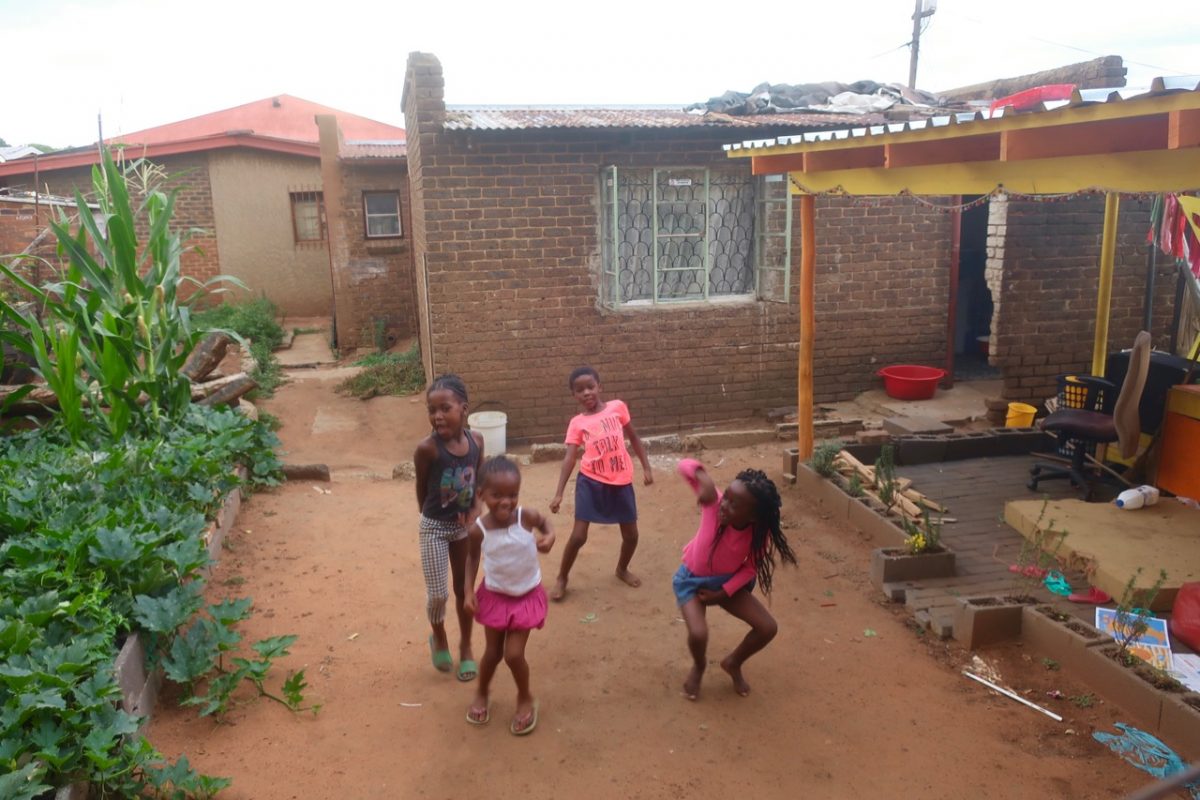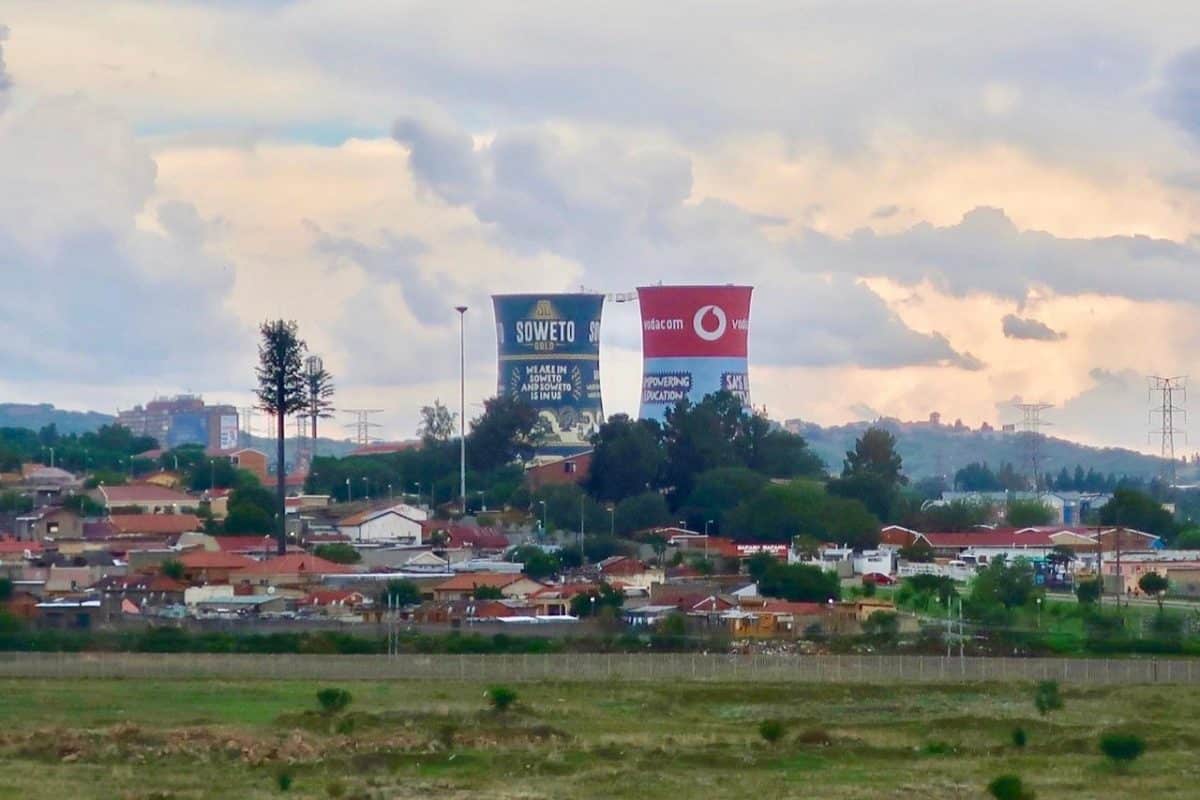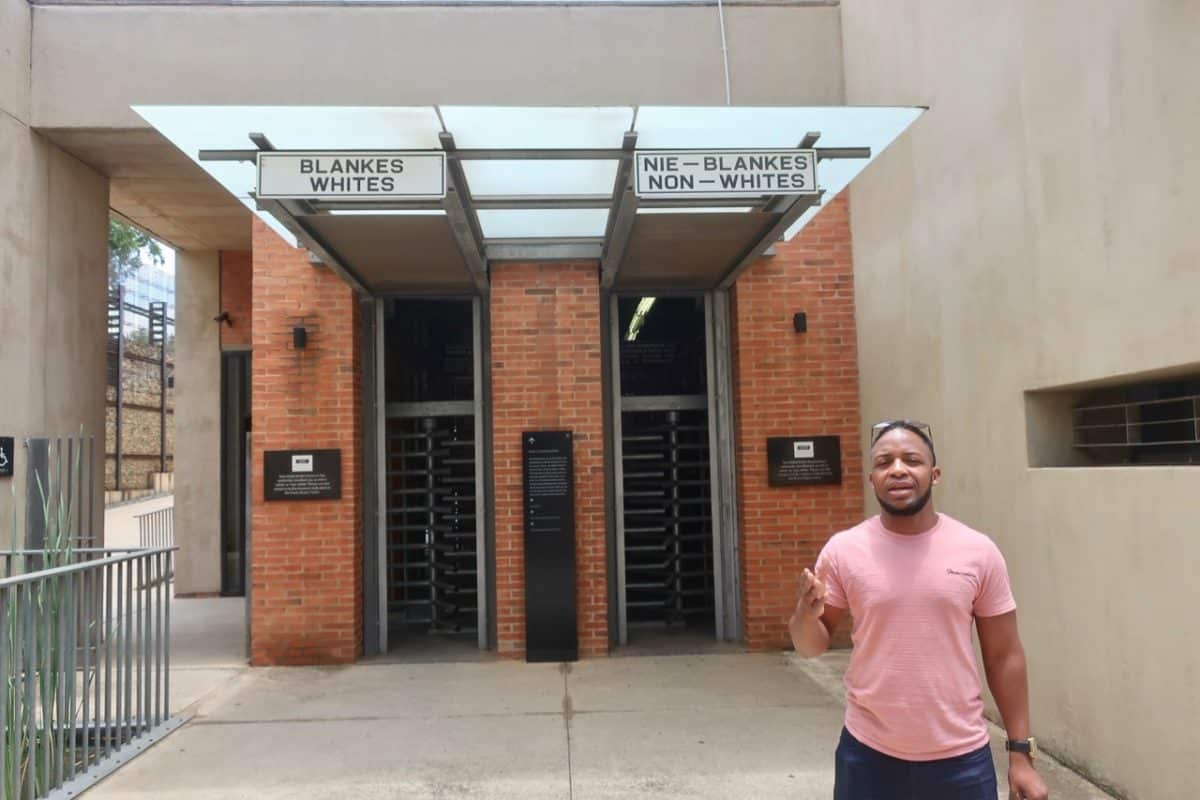For Cuisine Noir. March 2019.
What to see and do in the birthplace of the South African Revolution
A 30-minute car ride from the urban sprawl of Johannesburg to the suburbs of Soweto makes you feel as if you have traveled to another country. The scenery changes from glass skyscrapers, planned roads, upscale boutiques and acclaimed restaurants to rows of colorful houses, children dancing behind fenced yards and piles of accumulated garbage.

If you have heard of world leaders Nelson Mandela and Desmond Tutu, you may already know that they both lived in Soweto, practically across the street from each other. Soweto, or the South Western Township, was created in the 1930s when Black Africans were forced away from the city to separate dwelling areas under the infamous “Urban Areas Act,” making Soweto the largest Black city in South Africa. Today, it is still the largest township located on the outskirts of Johannesburg, with a population of 1.5 million.
Eyes on the Future
My Uber driver is a Black African by the name of Doctor Siphamandla, who is in his mid-20s. He’s not a doctor as one may suspect. “My grandfather named me Doctor, perhaps because he had a bigger vision for me,” Siphamandla clarifies. He tells me that he was born and brought up in Soweto and loves everything about the place. “The people, the food, the nightlife—it’s a vibrant place!” I’m curious about the visit.
During our commute, I ask him what he thinks about the future of South Africa and he says he feels very confident. “I have not seen or experienced apartheid. I have only heard stories from my family. So, I cannot tell you what it felt like. All I know is we are too focused on the past, on Mandela, and have to move on.”
Born after 1994, Siphamandla falls under the category of “Free Born,” meaning those born in free South Africa. Once we arrive at our destination, I see how Soweto is moving on. There are international travelers —Whites, Blacks, Asians, Hispanics —all lined up to go inside the former home of Nelson Mandela, now a museum. It is a small one-story brick building with only two rooms, filled with original pieces of furniture, certificates and pictures. Everyone wants to take a photo in front of the house, raising their fists as Mandela did, to show their support towards his cause.
Across the street, restaurants and bars are serving Soweto beer and traditional braai. Souvenir shops on Vilakazi Street sell African crafts, colorful gowns, and bags with Mandela’s face on them. Many bankers, chefs and entrepreneurs have returned to Soweto to open modern cafes, jazz clubs and breweries. Nearby, Morara Wine and Spirits Emporium, Soweto’s first boutique wine and spirits shop, hosts book clubs and poetry gigs with more than100 South African wine labels.

The Orlando Stadium is home to the Orlando Pirates FC of the Premier Soccer League, one of the best teams in the country. In 2010, Soweto hosted the FIFA Soccer World Cup drawing the attention of more than a billion soccer spectators from all over the world.
Many travelers prefer to stay at the 4-star Soweto Hotel and Conference Center so they can enjoy nearby attractions, including Orlando Towers. The two disused cooling structures loom over the township offering a lift ride to a viewing platform, bungee jump, power swing, and internal swing.RELATED: Ntsiki Biyela Uncorked: South Africa’s First Black Female Winemaker Delivers
The Hector Pieterson Memorial and Museum gives a stark perspective into Soweto’s recent past. During the Soweto Uprising of 1976, police opened fire on 10,000 students marching against the government’s policy to enforce education in Afrikaans rather than their native languages. Disease, hunger, civil unrest, and violent riots were a part of everyday life in Soweto until the country abolished apartheid had its first multiracial elections in 1994.
Reconciling the Past for a Promising Future
The next morning, I meet with Charles Ncube, my guide from Kgokare Tours, an all-Black-owned tour company. Ncube is one of the 12 tour guides featured in South African Tourism’s new ‘Meet Your South Africa’ campaign where locals show insights into their communities. He is in his 30s and speaks 11 languages. “When you live in Soweto, you have to speak to everybody in their own language,” he tells me, referring to how the shanty town was initially divided by different language groups, including, Sotho, Tswana, Tsonga, Venda, Zulu and Xhosa.
Typically, when you go to museums, you expect to see things that happened to generations before us. At the Apartheid Museum in Johannesburg, I realize how recent the history of South Africa is. “I remember having to walk through Black-Only marked staircases and going to Black-Only restrooms at the airport when I was a teenager,” Ncube, who is almost my age, tells me.

One of the exhibits at the museum is about the Truth and Reconciliation Commission (TRC), where witnesses of gross human rights violations during apartheid were invited to give statements about their experiences and face their persecutors. “It was in the middle of the night when some White men came to our house and took my mother. We never saw her again,” Ncube explains in one of the documentaries.
This year as South Africa celebrates 25 years of democracy, people like Ncube and Siphamandla have different experiences from the past, but the same hopes for the future. They both see tourism as a way to enhance their economic situation. They want to see more Black African entrepreneurs and transforming neighborhoods like Soweto.
~ Written for Cuisine Noir. March 2019